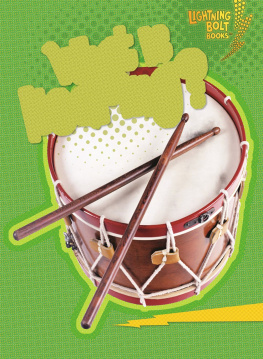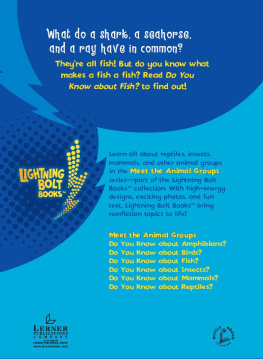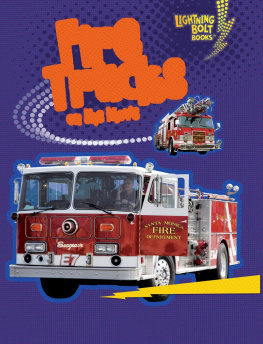What Is
Hearing ?
Jennifer Boothroyd
For Mom
Copyright 2010 by Lerner Publishing Group, Inc. All rights reserved. International copyright secured. No part of this book may be reproduced, stored in a retrieval system, or transmitted in any form or by any meanselectronic, mechanical, photocopying, recording, or otherwisewithout the prior written permission of Lerner Publishing Group, Inc., except for the inclusion of brief quotations in an acknowledged review. Lerner Publications Company A division of Lerner Publishing Group, Inc. 241 First Avenue North Minneapolis, MN 55401 U.S.A.
Website address: www.lernerbooks.com Library of Congress Cataloging-in-Publication Data Boothroyd, Jennifer, 1972 What is hearing? / by Jennifer Boothroyd. p. cm. (Lightning bolt booksTMYour amazing senses) Includes index. ISBN 9780761342502 (lib. : alk. paper) 1. paper) 1.
HearingJuvenile literature. I. Title. QP462.2.B66 2010 612.85dc22 2008051848 Manufactured in the United States of America 1 2 3 4 5 6 BP 15 14 13 12 11 10 eISBN: 978-0-7613-8892-0
Contents
Gathering Information
Listen!
What noises do
you hear around you?
Do you hear the soft ticking of a watch? Or the steady tap of rain against your window? The gentle patter of a springtime shower is one of many sounds that fill our world.
Hearing is one of your five senses.
You use your ears to hear things.
Your ears pick up a lot of sounds, from blaring sirens to quiet whispers.
Your sense of hearing helps you learn about the world. Itcanalsoprotectyoufromdanger.
Your Ears How do your ears help you hear?
Sound travels
through the air in waves.
Sound waves carry noises to your ears.
The waves hit your eardrum. Your eardrum vibrates.
This causes three tiny bones inside your ear to move. A tuning fork makes a musical tone that sets off vibrations in your ear.
The bones send a message through a tube called the cochlea. Then the message travels through nerves into your brain.
Volume
Your ears can hear sounds at different volumes. Volume has to do with how loud a sound is.
When you turn music up or down, youre adjusting the volume.
Some sounds are quiet like rustling leaves.
Or a crackling campfire. Campfire logs pop and snap as they burn.
Some sounds are loud like exploding fireworks.
Pitch
Your ears can hear sounds at different pitches.
Pitch
Your ears can hear sounds at different pitches.
Some sounds are high like the tinkling of chimes.
Orthesqueakofaswing. High sounds are produced when sound waves move quickly.
Other sounds are low like a cats rumbling purr.
Or a bass drums low thud.
Low sounds are produced when sound waves move slowly.
Protection from Danger Our hearing protects us from danger.
Your ears and eyes both help you know when it is safe to cross the street.
We freeze when someone yells,
Stop!
A fire alarm tells us to get out of the building. Fire alarms use sound to alert us to danger.
Hearing and Your Feelings Sounds can change the way you feel. A song may make you feel sad.
Chirping birds can make you feel happy.
Emotions and sounds are closely connected. What sounds make you happy?
Someonesscreammayannoyyou.
Hearing is an important sense. You use it every day. Hearing lets us use speech to communicate with friends.












































